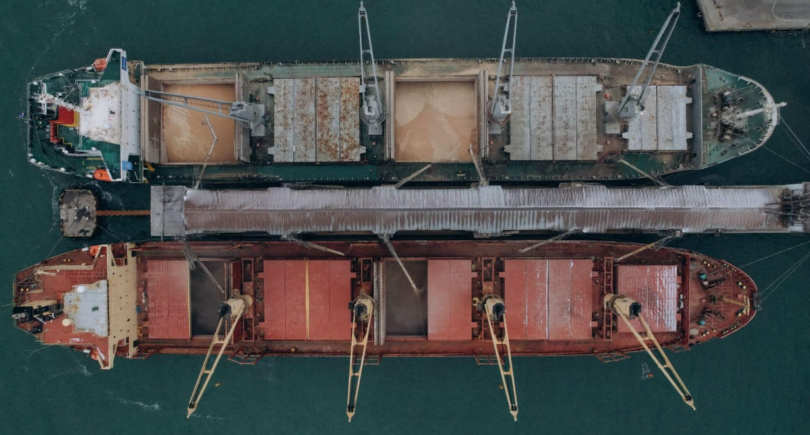
News Infrastructure Ukrzaliznytsia 993 25 November 2022
As of November 23, 2022, 19,100 freight railcars were in the queue for transfer to the European Union
As of November 23, 2022, the queues of freight railcars at border crossings increased by 15% compared to the figure at the end of October 2022 – up to 19,100 units. Rail.Insider reports about it with the reference to the information of Ukrzaliznytsia (UZ).
At the same time, on November 16, 2022, the accumulation of railcars at the junctions with the European Union amounted to 18.4 thousand units, and on November 10 – 17.3 thousand railcars. In mid-October, the number of rolling stock at border crossings was about 15,000 units.
“The queue was affected by the reorientation of railcars due to the uncertainty of the grain corridor’s operation. In addition, the largest accumulation is currently observed in the direction of the Batyovo station, where on the Hungarian side the reception of Ukrainian cargoes is hindered by empty Russian railcas,” the message says.
On November 23, the estimated average waiting time for railcars was 15 days, UZ notes. At the same time, the actual average daily delivery of goods through railway junctions for November compared to October 2022 increased by 85 railcars.
As GMK Center reported earlier, the government plans to stimulate the process of creating joint railway checkpoints of Ukraine on the border with the neighboring countries of the European Union in order to speed up the logistics of domestic exporters.
According to the head of Ukrzaliznytsia’s board Oleksandr Kamyshyn, by the end of November it is planned to open two additional railway crossings with Romania. In this way, the possibility of deliveries to the port of Constanta will increase.
During 2023-2024, UZ plans to launch 6 more border crossings in the west of Ukraine. The railway operator expects to build three additional points on the border with Poland, two on the border with Romania, and one on the border with Moldova.




